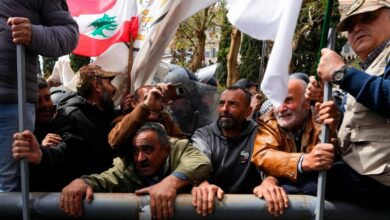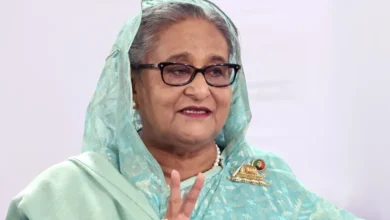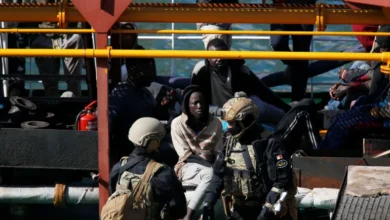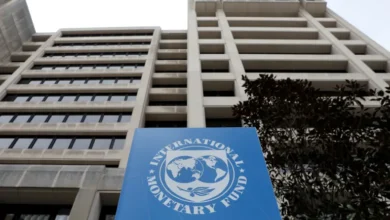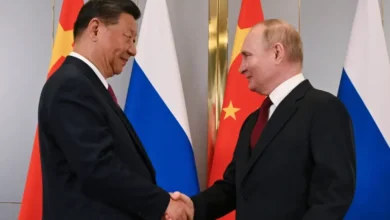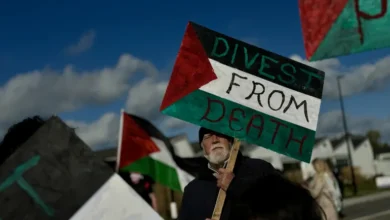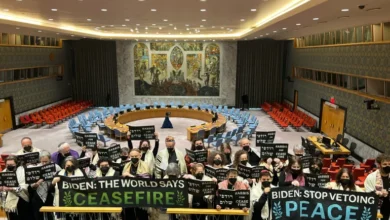In Gaza, the Israelis are staging Hunger Games
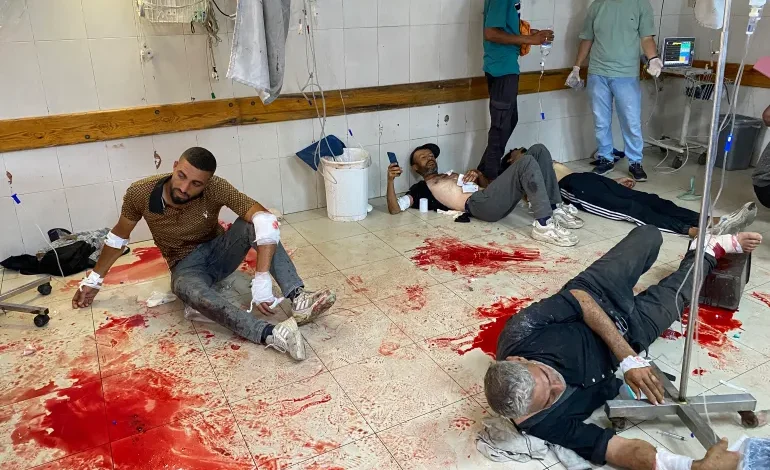
When The Hunger Games books came out in the late 2000s to much acclaim, probably few readers expected scenes from these dystopian novels would take place in the world they live in. But they now do – here in Gaza, every day.
We have been suffering under a full Israeli blockade since the beginning of March. Starvation has spread over the entire strip. Most families have just one meal per day. Some do not eat at all for days.In late May, the United States- and Israeli-backed Gaza Humanitarian Foundation (GHF) began limited aid deliveries to the strip. Since then, Palestinians have been forced into a deadly game to secure some food.
None of my family members has dared go to a GHF aid distribution point, but some of my neighbours and friends have. All I have heard from them are horror stories.
The first time we heard about the aid zone that the Israelis call the “Netzarim Corridor”, we imagined there would be tents, queues, order. But those who risked going there found only chaos and death.
The aid distribution takes place in a fenced area near Salah al-Din Street, close to the eastern edge of Gaza – in a zone so dangerous, locals call it the death corridor. It is surrounded by sand and guarded by foreign military contractors. There are Israeli tanks and soldiers stationed nearby.
There is no clear schedule for the aid deliveries. Sometimes, the GHF opens the gates at 4am and sometimes later. Palestinians wait starting at sunset the night before.
When the gates finally open, the crowd floods in. There are no queues, no staff, no signs. Just noise, dust and fear.Overhead, drones circle like vultures. Then, a voice from a loudspeaker shouts: “Four minutes! Take what you can!”
Food boxes are left in the middle of the sand, but there is not enough of them. They are never enough. People rush towards the pile, shoving and climbing over each other. They push each other. Knives come out. Fistfights erupt. Children scream. Men fall. Women crawl through the sand. Few people are the lucky ones who are able to grab a box and hold onto it. Then gunfire starts. The sandy square becomes a killing field.People run for their lives. Many get hit. Some manage to crawl out with injuries. Others are carried by friends or relatives or even strangers. Others bleed alone into the sand.
Since the end of May, more than 500 Palestinians have been killed when the Israeli army has opened indiscriminate fire on people gathered to try to get aid. More than 4,000 have been wounded.
Subhi, the father of my friend Nour, was one of them. The family had no food left, so he felt compelled to risk his life to get some aid. On the morning of June 14, he left for the aid hub in Netzarim. He never came back.
Nour told me how they waited by the door. Hours passed. No word. No call. The internet was cut. The silence was unbearable. Then suddenly, they heard the sound of shooting in the distance. They immediately knew something had gone wrong, but they had no way to reach him.
Later, paramedics found his body. He was killed while trying to carry a bag of food home to his children.
Another friend, Hala, told me the story of another victim of the GHF death trap, Khamis, the brother-in-law of her sister. He had been married for just two years and had no children yet, but he carried the weight of an entire household on his back. He had started taking care of his brother’s children after he was killed earlier in the war.
When their food ran out, Khamis’s friends managed to convince him to go with them to try to pick up some aid. On the morning of June 24, they were waiting near the aid hub when someone shouted: “They’ve opened the gates!”
Khamis stepped out of their hiding place – just slightly – to see for himself. A bullet from an Israeli quadcopter pierced his shoulder, then lodged in his heart, killing him. He left behind a grieving widow and hungry nieces and nephews.
There are countless other stories – just as painful, just as heartbreaking – that will never be known.
Gaza’s Ministry of Health has called these incidents “aid massacres”. Legal experts have called them war crimes. But they really are “hunger games”.
